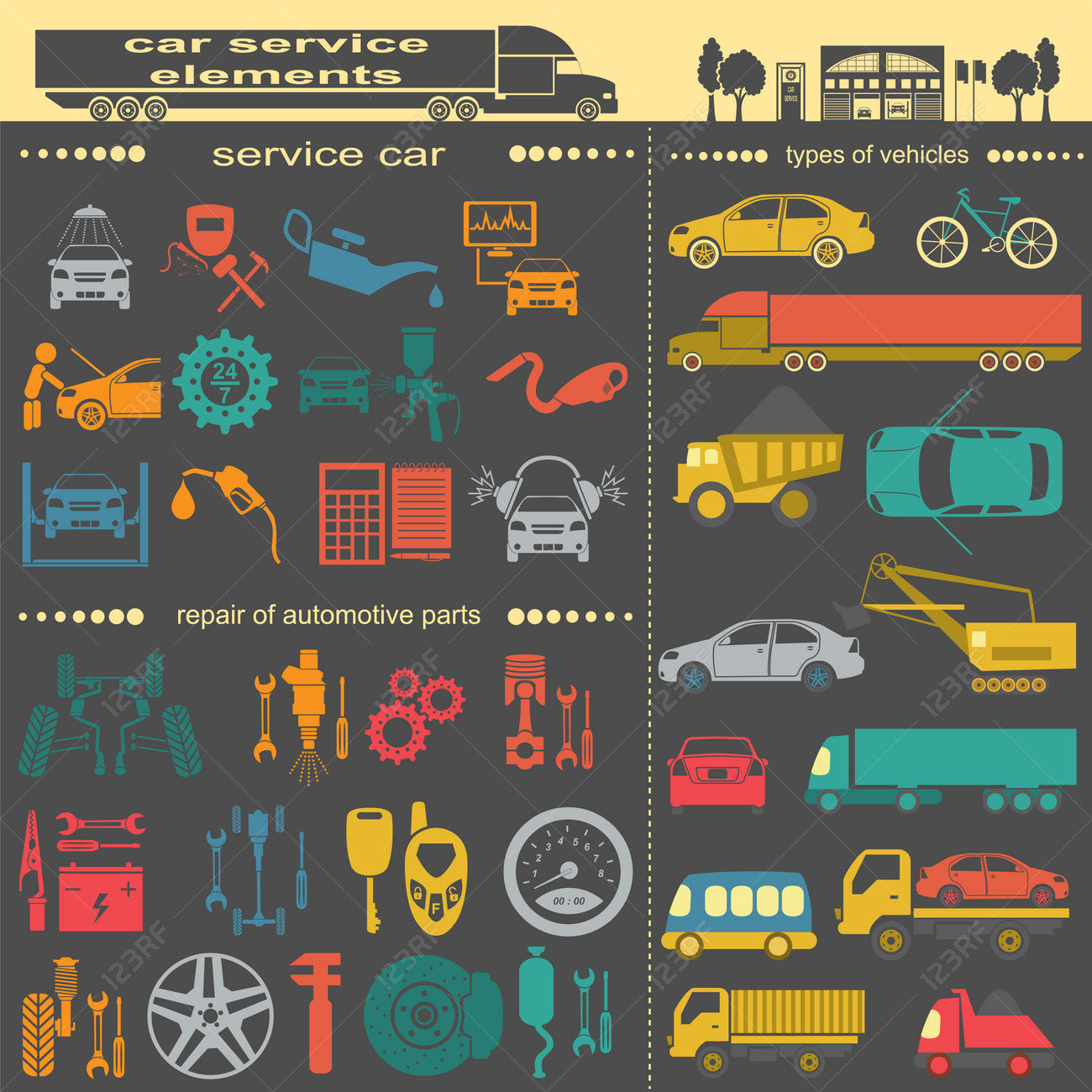Translating Your Vehicle'S Caution Indicators: What They Absolutely Represent
Translating Your Vehicle'S Caution Indicators: What They Absolutely Represent
Blog Article
Short Article Composed By-Vinson Dalgaard
When you're behind the wheel, those beautiful caution lights on your dashboard can be a bit puzzling. Do cardetailnz recognize what they're trying to tell you concerning your auto's wellness? Recognizing the value of these lights is crucial for your safety and security and the longevity of your car. So, https://judahvpkdx.jaiblogs.com/56908153/the-development-of-auto-detailing-methods-throughout-the-last-ten-years among those lights turns up, wouldn't you intend to decode its message properly and take the essential steps to address it?
Common Warning Lighting and Interpretations
Recognize common caution lights in your cars and truck and recognize their definitions to make certain safe driving.
One of the most typical warning lights consist of the check engine light, which indicates issues with the engine or emissions system. If this light comes on, it's crucial to have your car checked quickly.
The oil pressure advising light indicates low oil pressure, needing prompt attention to avoid engine damages.
A flashing battery light could suggest a defective charging system, potentially leaving you stranded if not addressed.
The tire stress monitoring system (TPMS) light informs you to reduced tire pressure, impacting automobile stability and fuel effectiveness. Overlooking this could bring about risky driving conditions.
The abdominal light suggests a problem with the anti-lock braking system, jeopardizing your ability to stop rapidly in emergencies.
https://brakerotors85162.develop-blog.com/36306534/the-change-of-automobile-describing-practices-over-the-last-10-years but not least, the coolant temperature level cautioning light warns of engine overheating, which can result in serious damage otherwise fixed swiftly.
Recognizing these typical caution lights will certainly aid you resolve concerns quickly and maintain safe driving conditions.
Importance of Prompt Focus
Comprehending the common warning lights in your auto is only the very first step; the relevance of quickly dealing with these warnings can not be stressed sufficient to ensure your safety when traveling.
When a warning light illuminates on your dashboard, it's your cars and truck's means of connecting a possible issue that requires attention. Neglecting these warnings can bring about much more extreme issues in the future, compromising your security and possibly costing you a lot more out of commission.
Motivate interest to warning lights can prevent malfunctions and mishaps. As an example, a blinking check engine light could show a misfire that, if left neglected, can trigger damages to the catalytic converter. Addressing click here can conserve you from a pricey repair work.
In a similar way, a brake system advising light could signify reduced brake liquid or worn brake pads, crucial components for your safety and security when driving.
DIY Troubleshooting Tips
If you notice a warning light on your control panel, there are a few DIY fixing suggestions you can try before looking for professional help.
The first step is to consult your car's handbook to recognize what the details caution light suggests. In some cases the problem can be as straightforward as a loosened gas cap activating the check engine light. Tightening up the gas cap may fix the problem.
An additional typical issue is a reduced battery, which can cause numerous advising lights. Checking the battery connections for corrosion and ensuring they're secure could deal with the trouble.
If a caution light persists, you can attempt resetting it by detaching the vehicle's battery for a couple of mins and afterwards reconnecting it. Additionally, checking your car's fluid levels, such as oil, coolant, and brake fluid, can help troubleshoot cautioning lights associated with these systems.
Final thought
Finally, recognizing your vehicle's warning lights is necessary for maintaining your car running smoothly and securely. By promptly attending to these signals and recognizing what they indicate, you can avoid costly repair work and possible failures.
Keep in mind to consult your car's handbook for particular information on each advising light and do something about it appropriately to make certain a trouble-free driving experience.
Keep educated, remain safe on the road!
